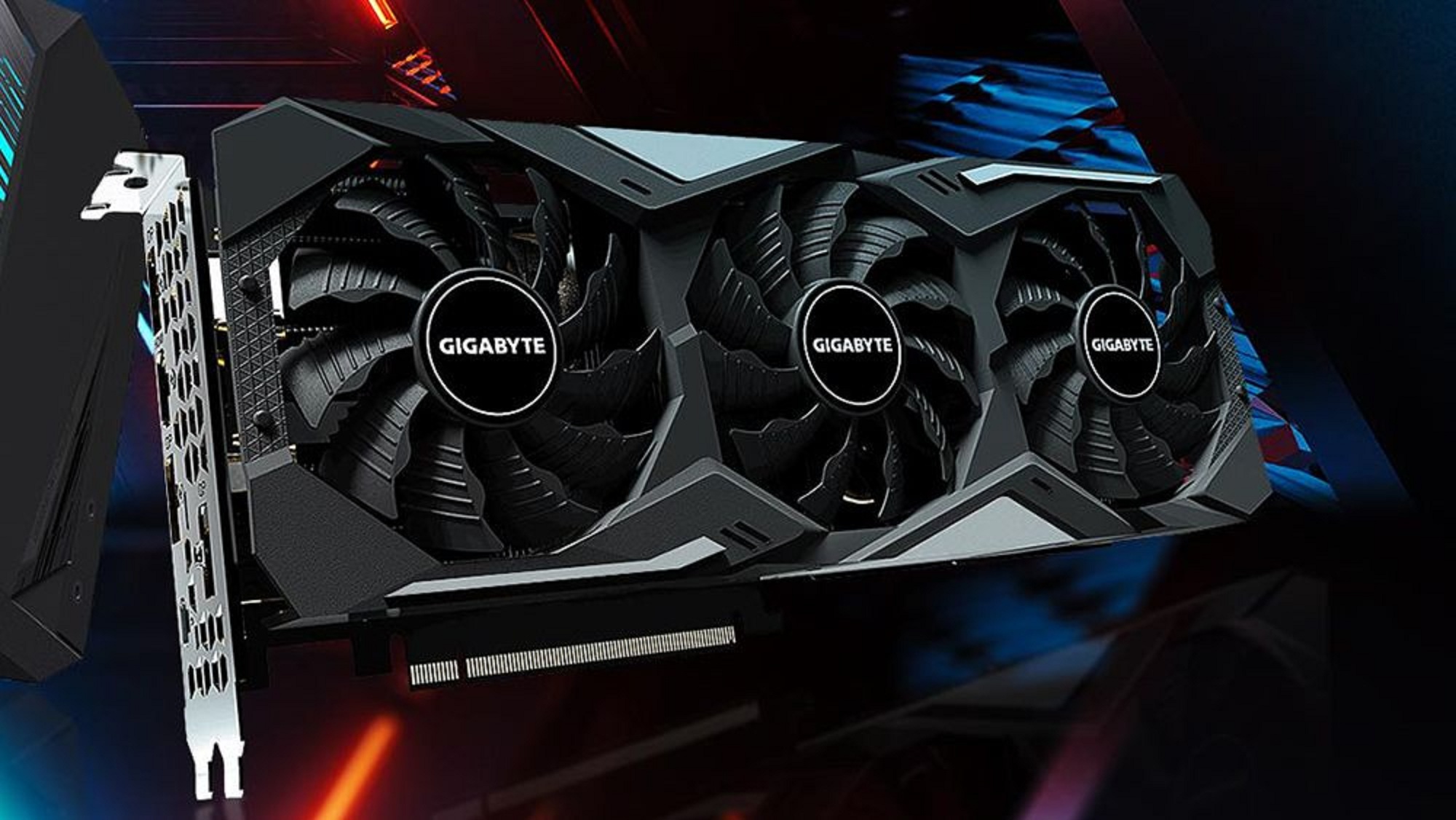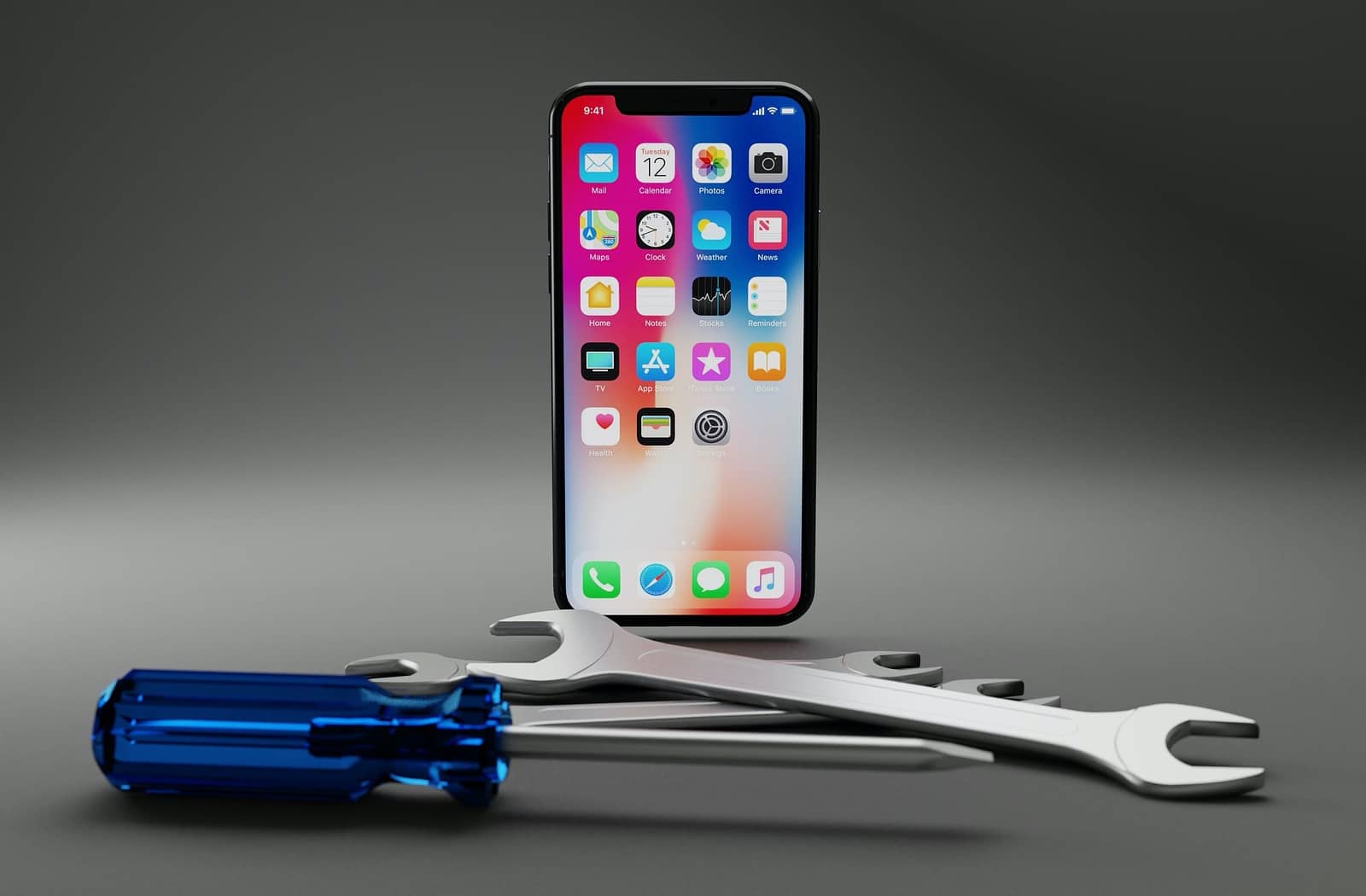What is a Graphic Cards? How Do You Choose a Good One?
On the off chance that you’re in any way similar to us, the design card is your main thing from a PC. Illustrations cards let your PC do wonderful things like very perplexing calculations, material science handling, and above all, delivering sparkly designs in games.
Anyway, what is an illustration card, and how would you sort out which one you should purchase?
Graphic Cards Processing Unit
An illustration card is essentially a small-scale PC inside your PC. It comprises the refurbished graphics card and supporting equipment, including its own force supply, RAM, and heatsink.
Likewise to how the CPU is the mind of the PC, the GPU is the cerebrum of the design card. The GPU is a specific electronic circuit intended to quickly control and change memory to speed up the production of pictures.
So, it makes these lovely pictures on your screen.
At the point when individuals consider GPUs, they normally consider two significant producers: NVIDIA, and AMD. Intel is a third GPU maker since they coordinate GPUs into their CPUs. There are likewise a lot of different makers that make GPUs for cell phones, tablets, and implanted frameworks.
However, for our motivations, we will talk about discrete GPUs, which means the devoted illustrations cards you purchase assuming you need to do truly fun stuff with your PC. With regards to discrete illustration cards, the two major names are NVIDIA and AMD.
AMD and NVIDIA Graphic Cards
Both AMD and NVIDIA dispatch new ages of illustration cards each one to two years. With each new age, they offer a lot of various graphic cards at a scope of force levels and value choices. We should investigate so we can examine some significant numbers that will assist you with contrasting illustration cards.
All in all, video RAM, transfer processors, clock speed… What do these numbers all mean? Would it be advisable for you to comprehend the specs, or simply go with the most costly design card you can bear?
As a rule, the most ideal way of choosing the right design card for you is to check out genuine gaming benchmarks, however, we’ll get to that shortly. For the present, we should talk about specs.
To start with, video RAM, otherwise called VRAM. This is generally the main spec you’ll see when looking for video cards, and regularly it’s the main spec that individuals truly focus on. This is somewhat of an error, in light of the fact that while VRAM is fundamental, having an excess doesn’t expand execution by any means.
Video RAM
Video RAM is for the most part significant for stacking the surfaces and pictures. That make up the game you’re playing on your screen. Every one of that information takes up VRAM, and it gets particularly burdening on VRAM as you increment your game goal. Which we’ll likewise address in a moment.
In the event that your game starts to stack a greater amount of information than your VRAM can deal with, your PC moves the additional information over to your typical RAM.
Sharing is incredible, isn’t that so? Indeed, not generally. Sharing is terrible with regards to VRAM attempting to impart information to framework RAM.
Any time you’re playing a game and your illustration card run out of accessible VRAM, it makes gigantic hits execution. On the off chance that you’ve at any point been playing a game that turns into – to – slide – show – mode, your design card might not have had enough VRAM.
There are a couple of components that particularly sway your VRAM allotment: Resolution, hostile to associating, and surface quality. Essentially, the higher these settings are, the more VRAM you will require. That is the reason the better quality cards pack in bigger measures of VRAM. On the off chance that you even need to think about gaming at a 4K goal, you will need a ton of VRAM.
Pixels
Each PC show consists of small components called pixels. Your goal decides the number of pixels that will show up on your screen. More pixels approach more visual detail, coming about in crisper, more clear pictures.
Delivering huge quantities of game pixels at goals like 4K requests a tremendous measure of VRAM, which means you will require a very good quality illustration card to play at 4K goals. In short: 2 GB is sufficient to play most PC games at 1080p. 4 GB is better for playing truly requesting games at 1080p. Or most games at 1440p, and you’ll presumably need at least 6 GB of VRAM to try and endeavor a requesting PC game at 4K goal, except if you don’t care about your framerate looking like a slideshow.
These are simply harsh rules. More current, quicker memory advancements like High Bandwidth Memory. Or HBM will assist with easing the requirement for more memory later on.
Stream processors (AMD) or CUDA centers (NVIDIA) are the processors in the GPU that play out the calculations to deliver pictures on the screen. They can likewise be utilized to do different kinds of complicated arithmetic and calculating. Like mining digital currency or displaying climate designs.
Commotion levels
Taking everything into account, in case you’re looking for another illustration card. We enthusiastically suggest finding out more about each card’s specs, contrasting benchmarks. And looking at proposals from dependable sources.
Like I referenced, NVIDIA and AMD discharge new ages of illustration cards each little while, so it’s great to ensure your suggestions are exceptional.
All in all, in case you’re looking for another design card, we energetically suggest finding out more about each card’s specs, contrasting benchmarks, and looking at proposals from dependable sources.
The GPU chip in every illustration card is made by either NVIDIA or AMD. However, the actual card is produced by another organization, like EVGA, ASUS, or Gigabyte.
The principal contrasts between these makers will be client support, guarantee, and the clamor level and nature of the heatsink.




